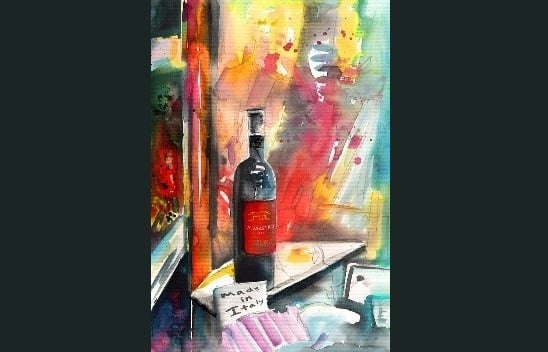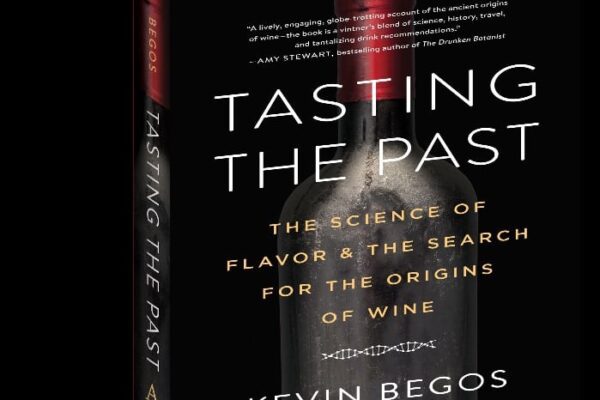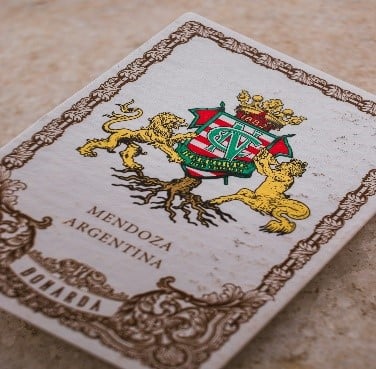The End Game: Elite Power Grabs Threaten Control of Global Economy
Russia and the United States showcase contrasting strategies to extend their global dominance. While Russia invests heavily in military might—bullets, tanks, and strategic warfare—to expand territorial influence, the United States wields economic tools such as international trade agreements, sanctions, and financial maneuvers.
Military conquest and economic imperialism are two sides of the same coin, aimed at expanding influence and control. The stark difference lies in approach: overt aggression often faces resistance, while economic dominance disguises itself as investment or aid, operating more subtly.
Trump’s Motivations and Influence
Elected as President, Donald Trump swore to uphold the Constitution. However, his actions have raised questions about his alignment with Russian interests. Trump’s connection with Russia traces back to the 1980s, when he explored business deals in Moscow facilitated by Soviet diplomatic and intelligence entities.
As President, Trump expressed admiration for Vladimir Putin, calling him “highly respected,” and faced criticism for aligning with Russian narratives. He questioned NATO’s relevance and resisted Ukraine’s NATO aspirations, aligning with Russia’s strategic goals. Allegations of Trump’s cultivation as a Russian asset have fueled further scrutiny, with public perception of him being “too accommodating” to Russian interests.
The Musk-Trump Dynamic
Donald Trump’s controversial decisions have found both friendship and tension in his relationship with Elon Musk.
Initially skeptical of Trump’s presidency, Musk joined Trump’s Strategic and Policy Forum in 2016 but resigned in protest over the Paris Climate Agreement withdrawal. Their relationship has since evolved, with Musk endorsing Trump’s 2024 campaign and making substantial financial contributions. However, this alliance has drawn backlash, including violent attacks on Tesla dealerships, showcasing the contentious nature of their partnership.
Impact on the Wine Industry
The ripples of Trump and Musk’s actions extend to the U.S. wine industry where imposed tariffs on European wines have strained trade relationships and inflated prices, creating a competitive edge for domestic wines but risking further market disruptions. Immigration policy changes threaten labor availability in vineyards, increasing costs and impacting harvest timelines. Increasing tariffs on imports from Canada by 200 percent has created an economic backlash with the Canadians removing American wines and spirits from shelves and shops wreaking havoc on the wine industries in California, Oregon, and other US wine producing regions.
Pushback: Sparse Leadership
A few wine industry leaders and organizations have stepped into the fray to address the new challenges in the wine sector:
Michael Kaiser (WineAmerica) advocates against extreme tariffs and policies that negatively affect the industry; Blanca Wright (CFLCA) focuses on immigration reform as critical to resolving labor shortages; Dick Boushey (Grower) promotes H-2A visa to stabilize the agricultural labor force, and the Wine Institute supports trade and labor policies beneficial to the wine industry.
Congressional Wine Caucus Advocacy from Grape to Glass
In1999, Congressman Mike Thompson (D-CA-05) co-founded the Congressional Wine Caucus to promote and protect the interests of American winemakers. The bipartisan Congressional Wine Caucus (CWC) protects the wine industry’s interests. Representing all 50 states, this group champions policies that contribute over $220 billion to the U.S. economy annually, generating over a million full-time jobs.
Call to Action: Unity and Innovation
To counter the disruptions caused by political and technological influences, the industry must adopt multi-faceted strategies:
The industry has the opportunity to advocate for balanced trade policies that unite efforts and strengthen influence on policy decisions, including fair-trade agreements, tariff reduction, and immigration reform. Engaging lawmakers and regulators at industry, state, and federal levels remains crucial to addressing the industry’s concerns effectively.
Immigration reform and expanding the use of H-2A visas are essential steps to stabilize the agricultural labor force. The industry must also invest in workforce development programs to attract and retain a skilled labor force, ensuring its long-term sustainability.
Investment in technological Innovation and encouraging wine makers to embrace technology is an important pathway to improving efficiency, reducing costs, and enhancing sustainability. The industry should invest in precision agriculture, automated processes, and advanced wine production techniques to stay competitive in a rapidly evolving market.
The industry can prioritize sustainability by adopting environmentally friendly practices, minimizing carbon footprints, and optimizing water management. These efforts address regulatory pressures while catering to the increasing consumer preference for eco-conscious products.
To remain resilient, the wine industry should explore new markets and diversify its consumer base. This includes strengthening international trade relationships and targeting emerging markets in Asia, Latin America, and other growing regions.
Strengthening collaboration across all sectors of the wine industry—from growers to producers, distributors, and retailers—will enhance the industry’s ability to navigate challenges collectively. Creating a more unified front will help amplify the industry’s voice in policy discussions.
By embracing these strategies, the wine industry can regain its position as a global leader and continue to thrive in the face of adversity.




![Costs of Regenerative Agriculture in Viticulture [part-3]](https://inmypersonalopinion.life/wp-content/uploads/2025/04/hills-600x400.jpg)
